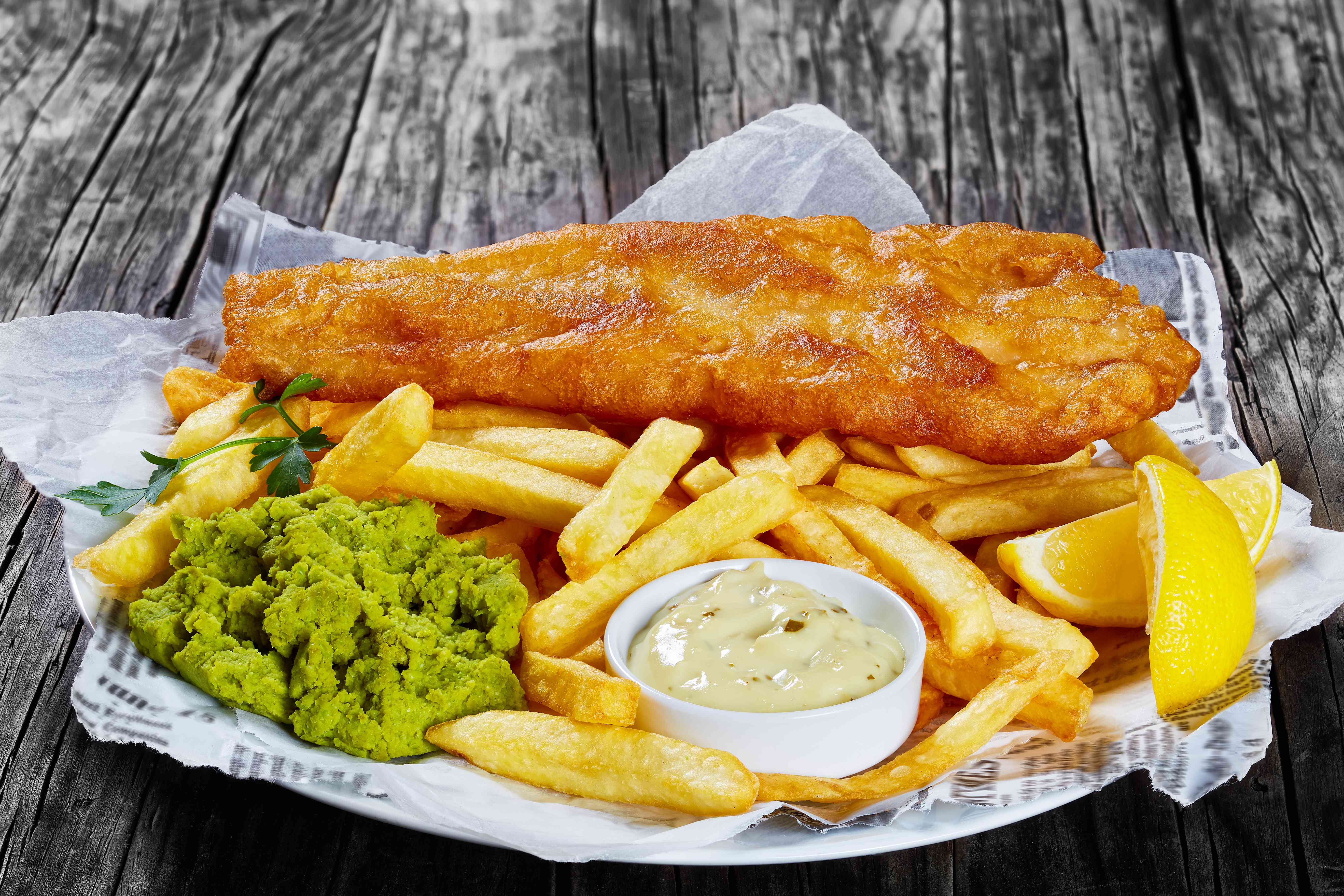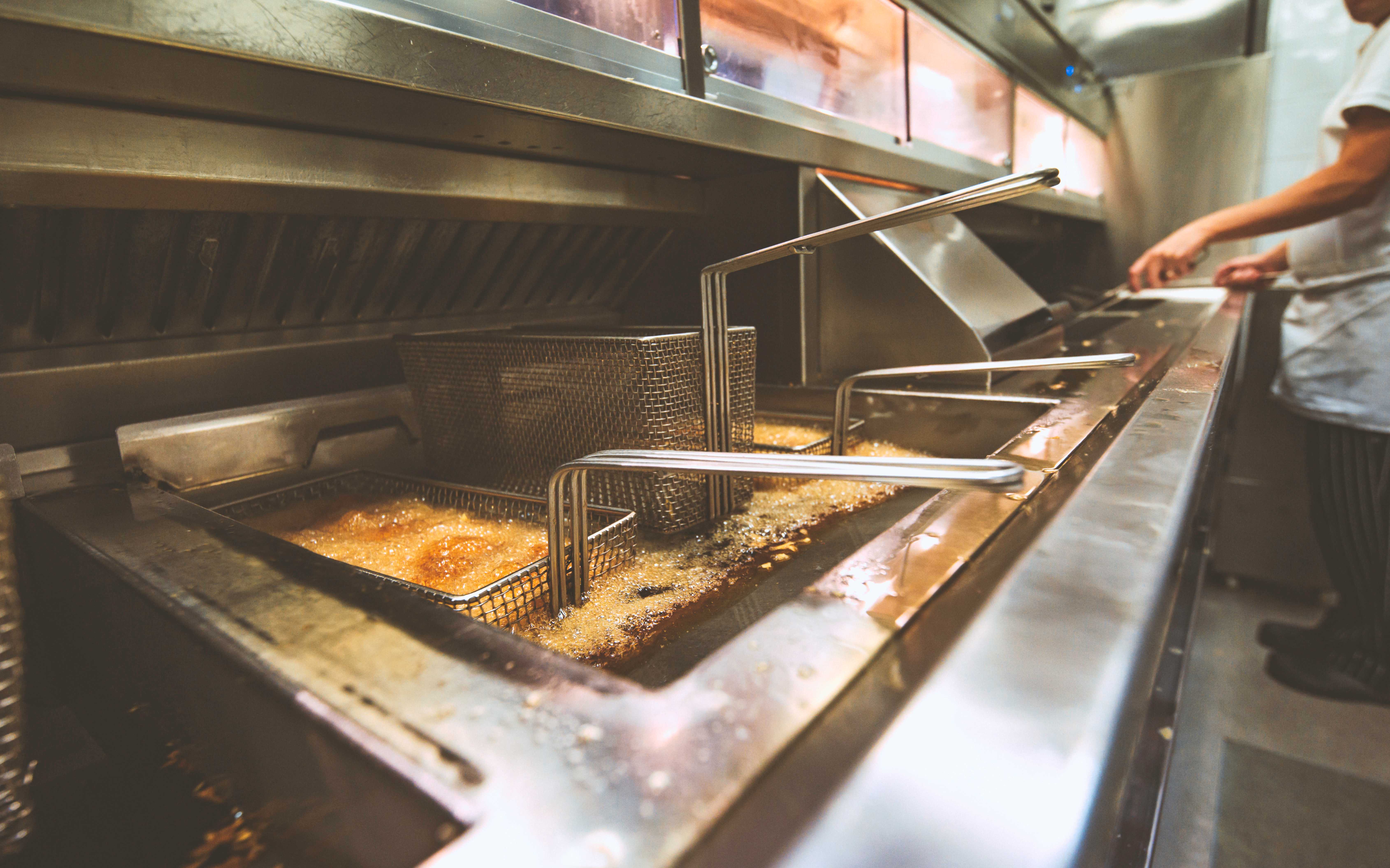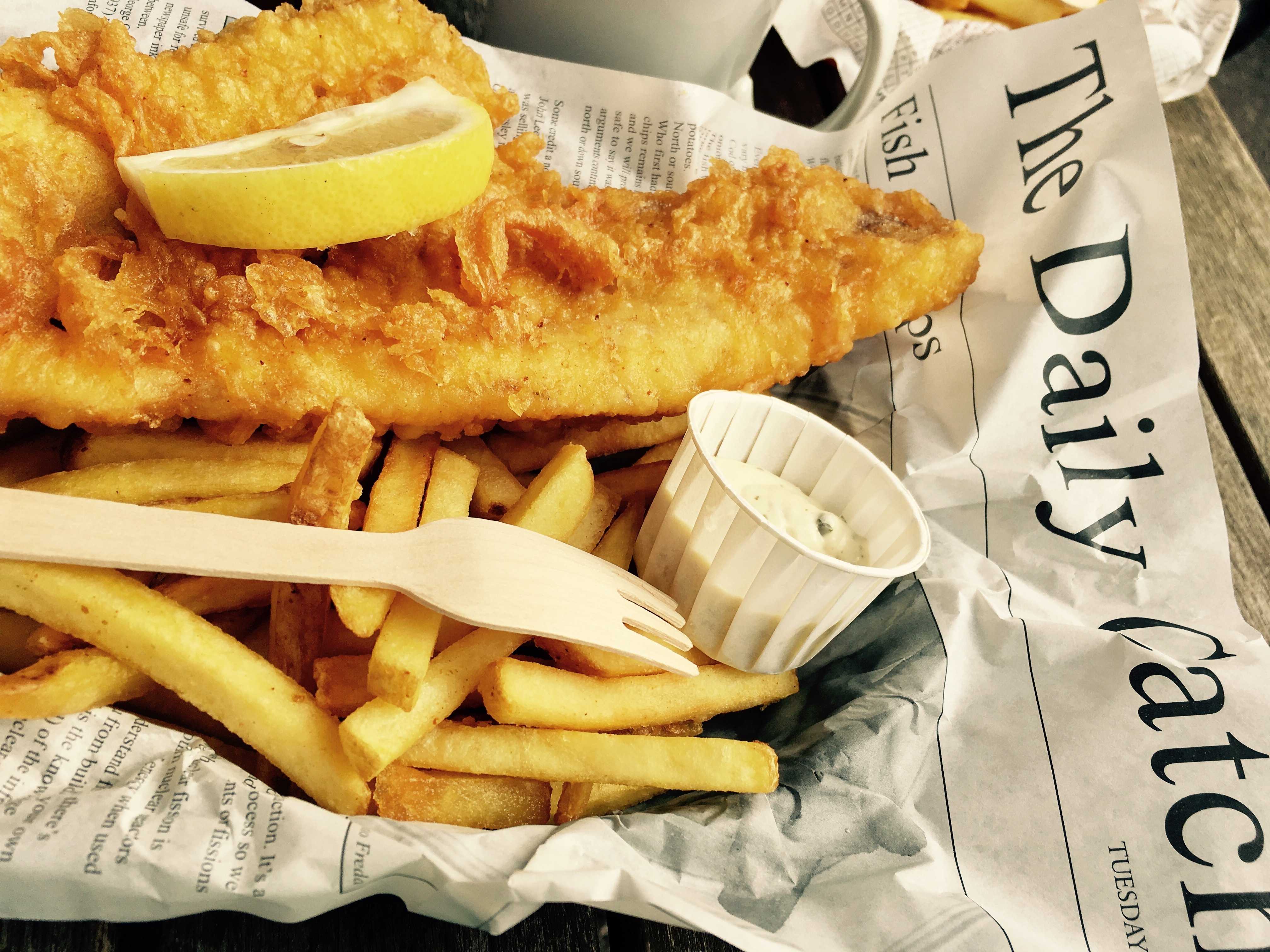If you were to survey ten people from ten different countries on the first three things that come to mind when they think of the UK, what do you think they would say? We’d bet that the top three answers would be tea, the Royal Family and, most importantly, fish and chips. The glorious combination of deep-fried fish and potatoes is a symbol of British culture, a part of our national heritage that has united us all in a culinary consensus of appreciation for decades.
However, take those ten surveyed people and send them to ten different areas of the UK and you’ll see that the British approach to fish and chips is not quite as united. Each corner of our ancient land has its own take on the best way to enjoy one of our most treasured national dishes. Nowhere are these distinctions more apparent than with the contrast between the North and South of England. In this post, we’ll explore the origins of this divergence as well as the various ways it manifests itself on the dinner tables of modern day British homes.
History
The historical divide between the North and South can generally be put down to Old King Alfred and Viking leader Guthrum brokering a peace treaty in 886AD that essentially drew the dividing line, known as the Watford Gap. Ever since, Brits have been differentiating themselves from their polar counterparts in terms of their food, culture, language and the acceptable amount of clothing to wear when it’s cold outside!
Fast forward a thousand years and we begin to see where the rift spills over into the world of fish and chips. The very origins of this dish are a matter of contention as both sides claim its invention. While some people tend to believe that the entrepreneur John Lees was the first to sell fish and chips on the streets of Mossley market in 1863 in Lancashire, others state that a Jewish immigrant Joseph Malin opened the first fish and chip shop several years before in East London.
There is no strong historical evidence to make a definitive verdict either way, and both sides seem happy for the argument to go on forever. What is definitive though, is the differing ways in which Northerners and Southerners choose to enjoy their fish and chips…
Southern fish and chips
First up, let’s look at the characteristics of a typical fish and chips meal in the south of the country:
- Fish – the fish of choice for most in the south, 72% according to research conducted by UKTV Food, is cod. After the near collapse of North Sea Cod stocks in 2006, last year the Marine Stewardship Council deemed their numbers sustainable for the first time in 20 years. Great news for cod and cod-lovers alike!
- Sauces – the majority of southerners opt for ketchup with a growing minority preferring mayonnaise (a continental influence, perhaps?). Curry sauce is another honourable mention, especially with Chinese fish and chip shops. Tartar sauce is also regularly served alongside fish and chips, more so in restaurants than the local chippy.
Northern 'chippy tea'
Now, let’s head up the M1, hop across the Watford gap and take a look at what constitutes a classic chippy tea up north:
- Fish – the majority of Northerners, 82% according to the aforementioned UKTV Food survey, prefer haddock. Encouraged as a sustainable alternative to dwindling cod stocks, haddock has always been the favourite on Northern dinner tables. Worryingly though, haddock from the North Sea was removed from the Marine Conservation Society’s “green” fish to eat list in 2017. Let’s hope, like North Sea cod, that numbers replenish quickly.
- Sauces – gravy is without doubt the natural companion of chips once you enter the north. However, covering your chips in gravy in the same you would curry sauce or ketchup is frowned upon. A side-pot of gravy for dipping your chips is much more preferable.
- Mushy peas – a must-have with fish and chips in the North. While it’s not uncommon to be offered them down South, in the North they are as much a part of this timeless meal as their scaly and starchy counterparts.
- Bits or scraps – originally a by-product of the fish frying process, these loose crumbs of batter are offered as an extra topping in most northern chippies.
- Bread and butter – a simple yet effective accompaniment, many northerners will not consider a chippy tea complete without a slice or two of buttered white bread.
Like many classic dishes from around the world, scratch below the national surface and you will find a plethora of regional varieties, interpretations and, dare we say it, disputes. What cannot be disputed, however, is the UK’s universal appreciation of fish and chips. No matter how you choose to enjoy it, or whatever part of the country you’re in, the British love of the simple pairing of fish and chips has stood the test of time and will endure for many more years to come.
If you’re as passionate about fresh, tasty fish and chips as we are, you may be interested in Frymax, the leading vegetable oil for the fish frying trade for over 60 years. Fully refined and deodorised, Frymax is the frying oil of choice for any chippy looking for sustainable, long lasting vegetable oil. Get in touch with our team today to learn more.
Become a Frymax member today to gain access to exclusive content, expert frying advice and the chance to enter our fantastic competitions.





